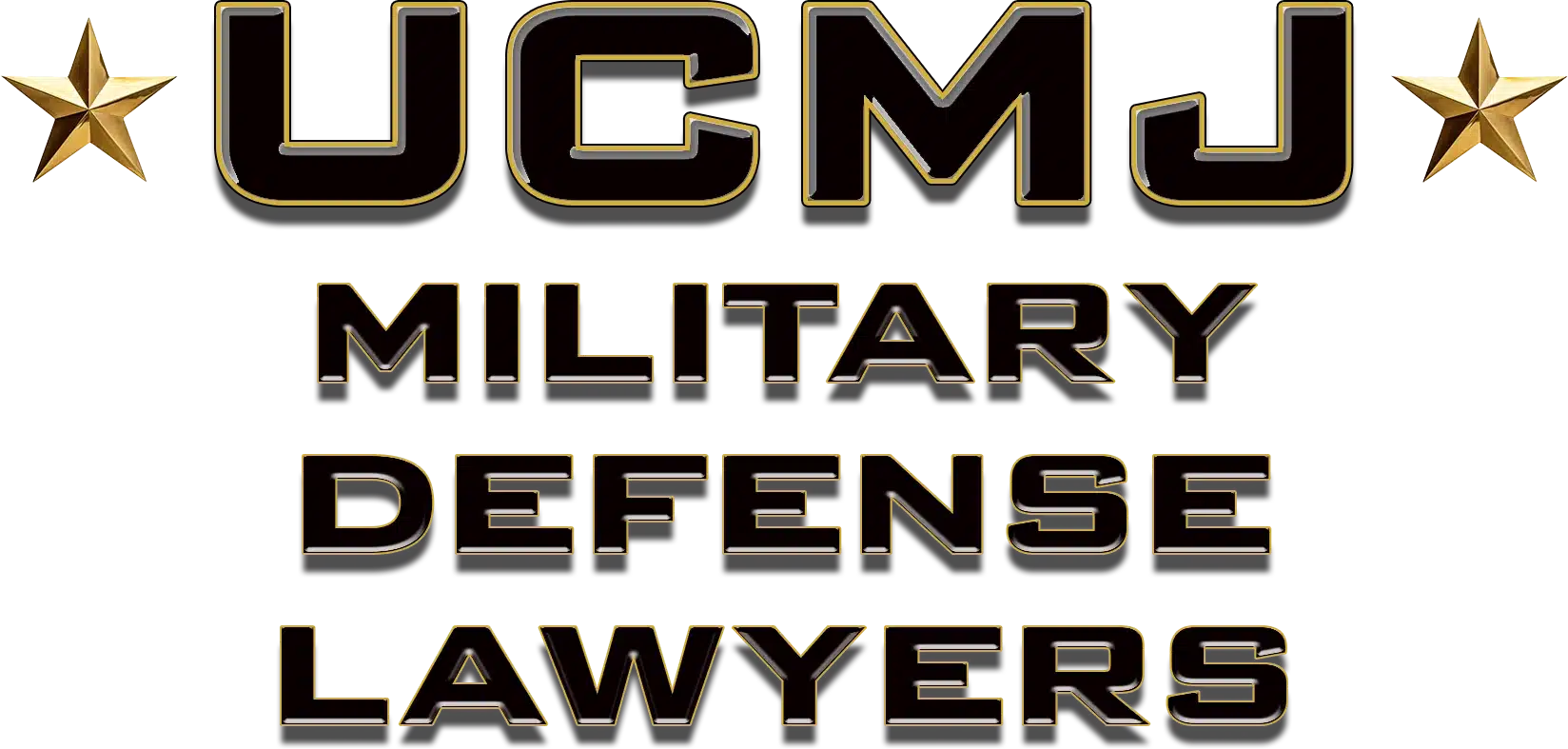Hungary Military Defense Lawyers – Court Martial Attorneys
Elite UCMJ & Court-Martial Defense for U.S. Service Members in Hungary
Hungary is a critical NATO nation, hosting U.S. forces for rotational deployments, Black Sea regional support, ISR missions, special operations cooperation, and multinational training exercises. With increasing geopolitical tension in Eastern Europe, every action taken by U.S. personnel in Hungary is viewed through a political and diplomatic lens — making even minor allegations potentially career-ending.
If you are under investigation or facing UCMJ charges in Hungary, your case may involve U.S. military authorities, NATO oversight, SOFA rules, Hungarian police involvement, and diplomatic sensitivities. These cases move quickly and often unfairly because commands fear international embarrassment or host-nation friction.
Gonzalez & Waddington, Attorneys at Law is one of the most experienced global military defense firms. For over two decades, we have defended U.S. service members across Europe, the Balkans, and Eastern European NATO nations — including Hungary — against the most serious UCMJ accusations.
Why UCMJ Allegations in Hungary Are Especially Serious
Unlike stateside cases, allegations in Hungary are influenced by international diplomacy, NATO commitments, and complex SOFA procedures. Commands often react swiftly and harshly to avoid political fallout or press attention.
- Hungarian police may investigate and share evidence with U.S. authorities
- Commands frequently assume guilt early due to diplomatic concerns
- Security clearances are suspended quickly, especially in ISR or joint operations roles
- Relief for cause, liberty restrictions, and early redeployment happen immediately
- Small NATO detachments magnify rumor, bias, and rushed judgments
- Administrative actions may begin before any evidence is confirmed
Service members in Hungary face intense pressure from multiple sides. Having skilled, aggressive civilian defense counsel is essential.
Common UCMJ Charges in Hungary
Most UCMJ cases involving U.S. personnel in Hungary arise from off-duty incidents, nightlife disputes, misunderstandings with Hungarian civilians, or conflicts during multinational exercises.
- Article 120 – Sexual assault, rape, and aggravated sexual contact allegations
- Article 128b – Domestic violence and partner disputes
- Article 112a – Drug use or possession (Hungary enforces strict narcotics laws)
- Article 92 – Orders violations, fraternization, improper conduct during joint training
- Article 121 – Larceny, fraud, BAH/OHA issues
- Article 107 – False statements to CID, OSI, NCIS, or Hungarian police
- Article 134 – Adultery, online misconduct, indecent behavior
- Host-Nation Conflicts – Altercations or misunderstandings with Hungarian nationals
Administrative Actions in Hungary
Commands in Hungary often use administrative actions when they lack sufficient evidence for a court-martial but wish to remove a service member quickly based on diplomatic or political concerns.
- Administrative Separation Boards – Often initiated rapidly in NATO and joint environments
- Officer BOIs – Common for intelligence, aviation, and liaison personnel
- GOMORs & Letters of Reprimand – Used to “document” accusations without trial
- Security Clearance Suspensions – Often career-ending in sensitive billets
- Command-Directed Investigations – AR 15-6, IG, EO/SHARP, or NATO inquiries
Defense Strategies We Use for Hungary-Based Cases
Our defense strategies are specifically built to counter host-nation influence, multinational investigation errors, and diplomatic pressure.
- Identify contradictions in the accuser’s statements and witness testimony
- Expose flawed assumptions by CID/OSI/NCIS or Hungarian authorities
- Use digital forensics to rebuild timelines and recover deleted messages
- Highlight cultural misunderstandings between service members and Hungarian civilians
- Challenge unlawful command influence and politically motivated decisions
- Use expert testimony in psychology, digital forensics, and toxicology
- Build powerful narrative-based defenses tailored to overseas court-martial panels
Why Service Members in Hungary Choose Gonzalez & Waddington
Our clients choose us because we have extensive experience defending U.S. personnel in politically sensitive and internationally complex environments.
- 20+ years of global UCMJ defense successes
- Former Army JAG with extensive European & NATO mission background
- Known for aggressive, strategic cross-examination
- Authors of leading trial advocacy and cross-examination books
- Deep experience with SOFA and multinational investigation issues
Contact Our Hungary Military Defense Lawyers & Court Martial Attorneys
If you are stationed or deployed in Hungary and face a UCMJ investigation, administrative separation, or court-martial, contact us immediately. Overseas environments move fast — and the government is already building its case. You need experienced civilian defense lawyers protecting you from the beginning.
➤ Contact Gonzalez & Waddington for a Confidential Consultation
Hungary Military Defense Lawyers – Court Martial Attorneys – Frequently Asked Questions
Can Hungarian police investigate U.S. service members?
Yes. Under SOFA, Hungarian authorities may investigate host-nation offenses. Their findings are often shared with U.S. military investigators, making early legal representation critical.
Should I talk to CID, NCIS, or OSI without a lawyer in Hungary?
No. In international environments, investigators often assume guilt early. Politely decline and request immediate legal counsel.
What UCMJ cases are common for U.S. personnel in Hungary?
Sexual assault allegations, domestic disputes, drug cases, larceny, financial misconduct, and conflicts with Hungarian civilians are among the most common. Cultural and language differences often escalate otherwise simple encounters.
Can my career be ended through administrative action without a court-martial?
Yes. Commands in Hungary frequently use administrative separation boards, BOIs, reprimands, and clearance suspensions to remove personnel quickly — even when evidence is weak. Aggressive legal defense is essential.
Who are Michael and Alexandra Gonzalez-Waddington?
They are globally recognized military defense lawyers known for winning complex UCMJ cases in Europe, Eastern Europe, and NATO nations. Their strategic courtroom techniques and decades of global experience make them the top choice for service members deployed to Hungary.


